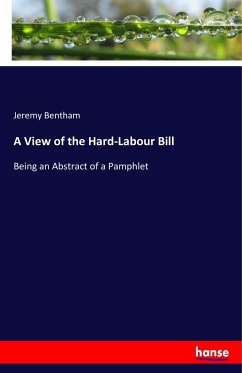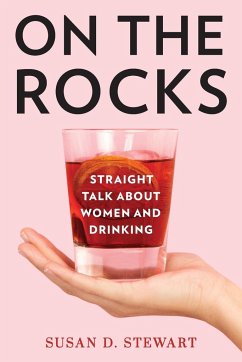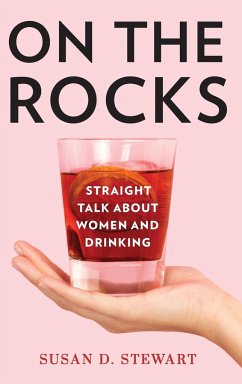
Between Rocks and Hard Places
Ideological dilemmas in men's talk about health and gender
Versandkostenfrei!
Versandfertig in 6-10 Tagen
52,99 €
inkl. MwSt.

PAYBACK Punkte
26 °P sammeln!
In studies on men s health, it has become commonplaceto claim that hegemonic masculinity is in profoundconflict with health-awareness and healthy lifestyle.This book questions this assumption by criticallyexploring how men discuss health, healthy lifestyleand masculinity on the basis of interviews withFinnish paper-mill workers. The study focuses onconflicts and dilemmas within and betweenconstructions of healthiness and masculinity byanalyzing men s interview talk on self-rated health,applicability of health information, men s health asa societal phenomenon, and bedrocks of personalhealthy li...
In studies on men s health, it has become commonplace
to claim that hegemonic masculinity is in profound
conflict with health-awareness and healthy lifestyle.
This book questions this assumption by criticallyexploring how men discuss health, healthy lifestyle
and masculinity on the basis of interviews with
Finnish paper-mill workers. The study focuses on
conflicts and dilemmas within and between
constructions of healthiness and masculinity by
analyzing men s interview talk on self-rated health,
applicability of health information, men s health as
a societal phenomenon, and bedrocks of personal
healthy lifestyle. By shedding light on men s
increased health-awareness and interest in health
issues, the study challenges many of the prevailing
assumptions of research on men s health and
masculinities. As a conclusion, the study suggests
that a key feature of modern hegemonic masculinity is
asserting discursive competence in interaction for
managing varying meanings related to gender and
health. The book is useful and thought-provoking for
academics and health professionals dealing with men s
health, lay understanding of health and illness as
well as gender studies.
to claim that hegemonic masculinity is in profound
conflict with health-awareness and healthy lifestyle.
This book questions this assumption by criticallyexploring how men discuss health, healthy lifestyle
and masculinity on the basis of interviews with
Finnish paper-mill workers. The study focuses on
conflicts and dilemmas within and between
constructions of healthiness and masculinity by
analyzing men s interview talk on self-rated health,
applicability of health information, men s health as
a societal phenomenon, and bedrocks of personal
healthy lifestyle. By shedding light on men s
increased health-awareness and interest in health
issues, the study challenges many of the prevailing
assumptions of research on men s health and
masculinities. As a conclusion, the study suggests
that a key feature of modern hegemonic masculinity is
asserting discursive competence in interaction for
managing varying meanings related to gender and
health. The book is useful and thought-provoking for
academics and health professionals dealing with men s
health, lay understanding of health and illness as
well as gender studies.












